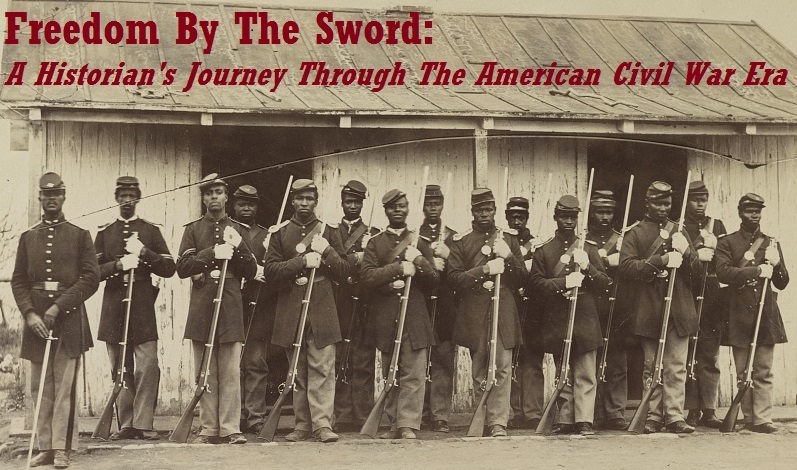In case you missed it, I had the huge honor of having my
book reviewed in the prestigious Journal of Southern History by Dr. Paul E. Coker
of the University of Tennessee.
Dr. Coker has written extensively on the experiences of US Colored
Troops from Tennessee during and after the Civil War and I couldn't be more
pleased with the review.
Here is the full review:
The Battle of New Market Heights: Freedom Will Be Theirs by the Sword. By James S. Price. (Charleston, S.C., and London: The History Press, 2011. Pp. 125. Paper, $19.99, ISBN 978-1-60949-038-6.) The focus of James S. Price's study is a sometimes overlooked episode of the Civil War's Richmond-Petersburg campaign: the courageous but near-suicidal charge of black Union soldiers against entrenched Confederates at New Market Heights, Virginia, on September 29, 1864. The black units involved suffered heavy casualties, but Union forces ultimately won the position, and fourteen black soldiers were awarded the Congressional Medal of Honor--a number that "equaled the total number of Medals of Honor issued to black soldiers in the Spanish-American War, World War I and World War II combined" (p. 87).
This slim volume offers considerable insight regarding the black military experience. Some of Price's bolder claims, such as his suggestion that this was "arguably one of the most important days in American history," may not convince all readers (p. 9). Instead, perhaps the book's greatest strength is its exploration of the ambiguity and pliability of the battle's legacy. While the courage of the U.S. Colored Troops awed many observers, at least one Confederate soldier who surveyed the battlefield dead saw only a waste of "about a million dollars worth of niggers, at current prices" (p. 79). Elsewhere, Price counters arguments, perpetuated in recent studies, that Confederate defenders voluntarily withdrew and thus were not driven from their positions or that the Medals of Honor were merely a product of General Benjamin F. Butler's cynical self-promotion. Finally, an epilogue analyzing recent battlefield preservation efforts reveals the resistance of local landowners, one of whom angrily characterized plans for park expansion as yet another example of Yankee aggression. While some readers may dread wading into a detailed battle history, this book's clear writing style, inclusion of dozens of photographs and maps, and relevance to broader historical themes make it accessible for a general audience and worth consideration for undergraduate courses. [PAUL E. COKER, University of Tennessee]


No comments:
Post a Comment